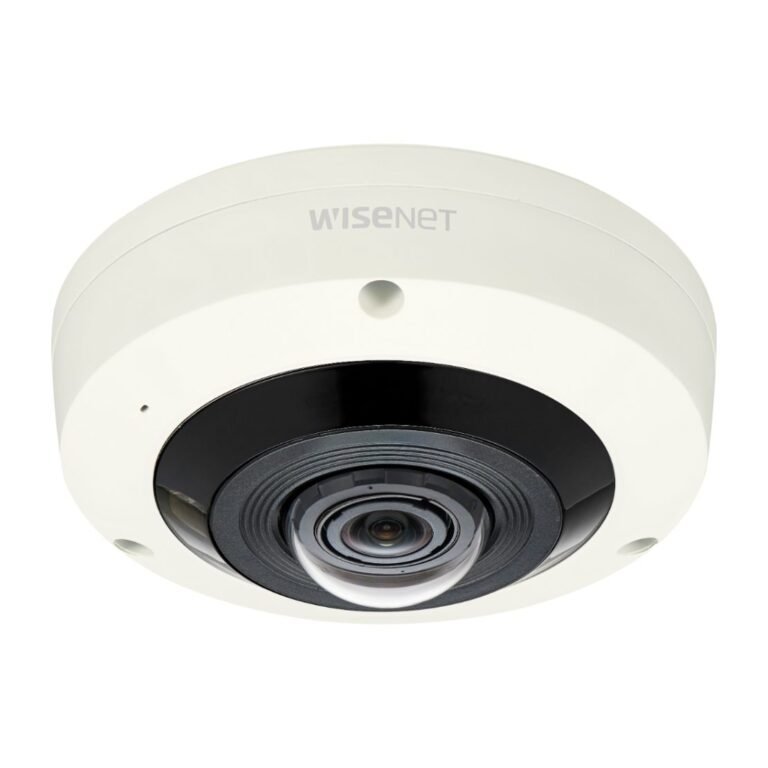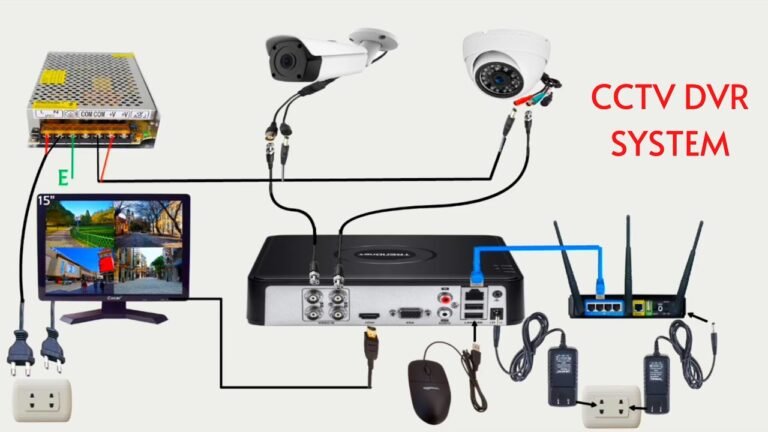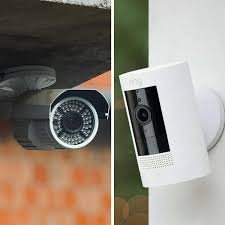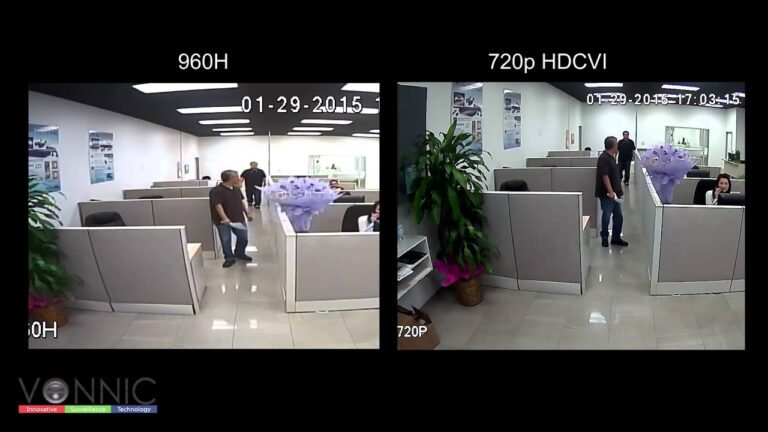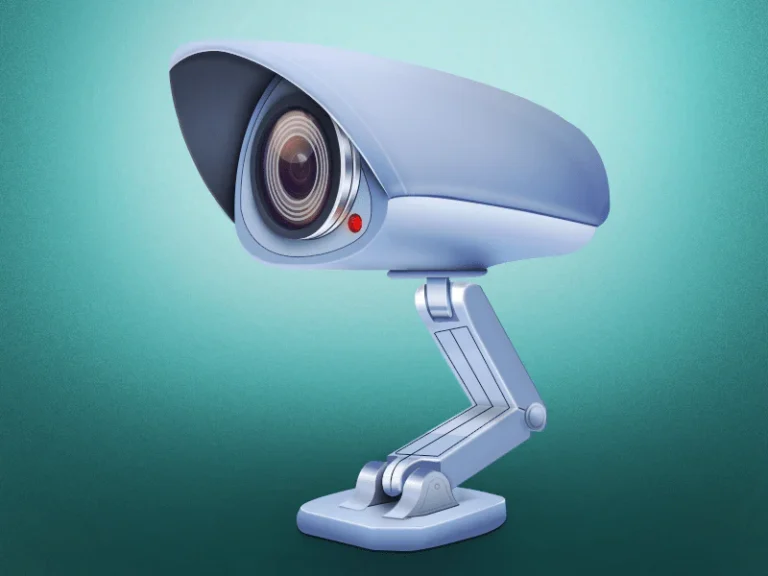Reseña de la mejor cámara CCTV de Annke: La guía definitiva para cámaras de vigilancia de seguridad para el hogar
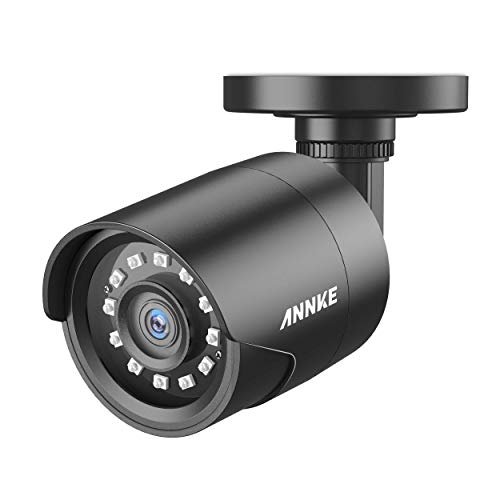
El sistema de CCTV Annke ofrece una gama de cámaras de seguridad de alta calidad con funciones avanzadas, incluyendo cámaras HD-TVI, cámaras bullet 4 en 1, cámaras domo y cámaras con cable adicionales. Con excepcional visión nocturna y resistencia a la intemperie, estas cámaras proporcionan una vigilancia confiable para…
